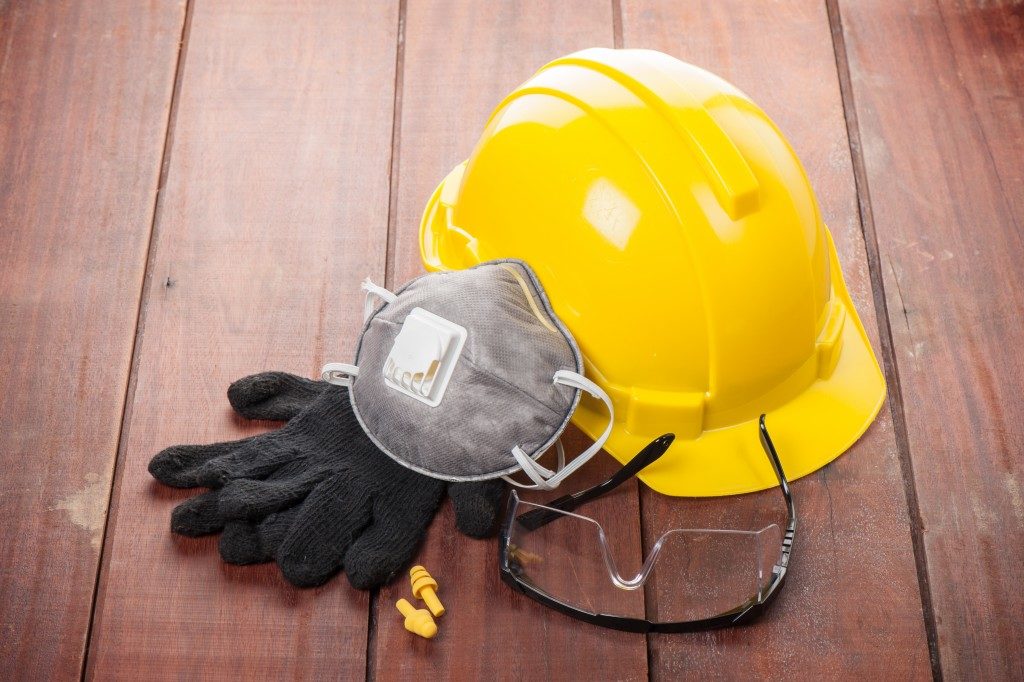According to Stats NZ, the country’s official data agency, there was a total of 231,100 work-related injury claims in 2017. For industry, the arts and recreation services had the most with 201 claims per 1,000 full-time employees (FTEs), while trade workers had the most claims for occupation with 41,000 claims to the Accident Compensation Corporation (ACC).
The number of work-related injury claims has been increasing steadily since 2012. This is an alarming reality for the present as there are already laws in place working to make New Zealand workplaces safe. The Health and Safety in Work Act 2015, in particular, has been in effect for four years. So why have the numbers not gone down?
To answer this question, one must first understand what the Act is. In doing so, business owners, directors, and workers will have a clearer perspective of what it is and what it means for their respective organisations which works towards better compliance.
What is the Health and Safety at Work Act 2015?
The Health and Safety at Work Act 2015, otherwise known as HSWA, is New Zealand’s most comprehensive health and safety legislation. HSWA was created after the Independent Taskforce on Workplace Health and Safety discovered and reported that the system at the time, the Health and Safety in Employment Act 1992, was insufficient in protecting employees in the workplace. To address this, HSWA and WorkSafe New Zealand (WorkSafe), its regulatory body, were established to work hand-in-hand with the previous system.
HSWA, through its provisions, provides workplaces in New Zealand with a comprehensive list of regulations, safe work instruments, and approved codes of practices to guide business owners and directors in the creation and maintenance of a safe and healthy environment for their workers. Although HSWA is strict in the enforcement of its provisions, it is also flexible and adaptable to allow businesses to comply in the context of their respective industries.
The balanced framework that HSWA provides means small and large businesses are supported by WorkSafe and other government agencies. The government bodies work together in ensuring that businesses are compliant by regularly conducting inspections and other similar practices.
Why is compliance with HSWA important?
Much like any other legislation, noncompliance with the provisions under HSWA elicits penalties that range from fines to imprisonment. Aside from these penalties, noncompliance poses a risk to the reputation and credibility of the business itself. A company that is known to pay little attention to its employees’ health and safety are likely to be penalised by WorkSafe while being shunned by potential investors and employees as they pose a probable business risk.
How will HSWA affect business procedures and operations?
HSWA was not created to make the situation more difficult for business owners and directors. On the contrary, it was developed and implemented because good occupational health and safety contribute to optimised business performance. With fewer employees taking time off of work due to illnesses or injuries, productivity and performance are improved and this results to better yields. While the implementation of HSWA’s regulations entails the adoption and use of safety-enhanced work equipment and the modification of facilities, doing so has the potential to enhance the business in the long run.
What can business owners do to comply with HSWA?

For business owners and directors in New Zealand, there is no lack of safety and health solutions that are readily available for application. From modified work equipment such as non-slip ladders to specialised services such as warehouse safety audits, compliance with HSWA regulations is easily attainable for businesses across all industries. Furthermore, WorkSafe and its partner organisations provide business owners and directors with the support and resources they will need in order to successfully improve the safety and health of their employees through their work environment.

